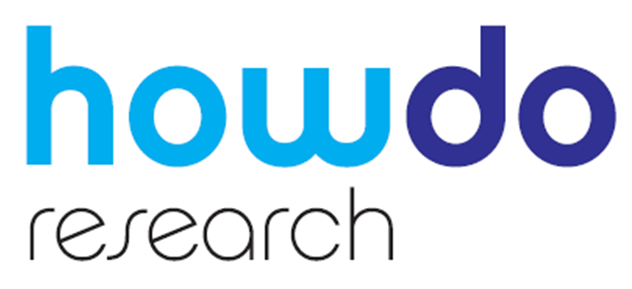Usage and attitude surveys
The “Who – What – When – Where – How” survey.
This type of survey helps you understand the marketplace; who is buying what, from where and how often, attitudes towards you and your competitors, different products, consumer needs etc. Critically, it can help you identify currently unmet needs. It can also assist with communications development.
Much of the following discussion assumes that you have an existing product or brand in the market. However, these surveys can be useful if you are planning to enter to enable you to understand the marketplace more thoroughly.
Method of interviewing
There are several options available to you; the three we tend to use most often are...
· Online – the least expensive option. However, can miss certain parts of the population; e.g. older people, less affluent people. Also potentially harder to retain respondent interest over the course of a longer survey
· Telephone – more expensive, but will obtain those ‘difficult to get’ people and the use of an interviewer can help to keep respondents interested. Cannot show visuals
· Face-to-face – combines technical benefits of other methods but considerably more expensive
The sample
· Typically we would obtain a sample of category consumers…BUT…
· Possibly with the addition of potential consumers AND
· If necessary, boost sample required to obtain sufficient numbers of buyers/users of client products
· Ideally demographically representative of category consumers, unless circumstances suggest otherwise (e.g. you have a particular niche)
· Typically large sample sizes – c. 500+
The core questions you ask
There is no strict template but typically we ask the following questions...
· Spontaneous and prompted measures of awareness of both brand and advertising (including competitors)
· Frequency of purchase of different brands / products / SKUs, channels used, impact of offers, discounting
· Attitudes towards key brands (again, you can compare with competitors) and / or your product
· Looking at gaps between performance and needs, your product and competitors
· Feedback on potential developments in the market (client prompted suggestions)
· Feedback on your advertising – recognition measures, attitudes towards advertising and how it is impacting upon your brand / product image; i.e. do people like it and does it enhance or detract from your brand / product image
· Plus questions relating specifically to your brand / product area
· All responses are analysed in the context of full demographic, behavioural and attitudinal information

